The new Audi Concept C revealed in September previews a two-seat sports car that will go on sale in 2027 – and Autocar has been given an exclusive drive of the prototype to get an early taste.
Revealed at an event in Milan and then displayed at the Munich Motor Show, the Concept C derives inspiration from the 1930s Auto Union Type C racer, the Audi TT coupé and the R8 supercar, and introduces a whole new design language under new design chief Massimo Frascella.
At the launch, Audi merely described the two-seat concept as being “drivable”, but the firm has now revealed that it is significantly more advanced than most show cars, giving tangible hints what the production car it will spawn will be like.
Autocar is the only UK publication that has had a chance to drive the car on public roads, which took place in the Italian Dolomites.
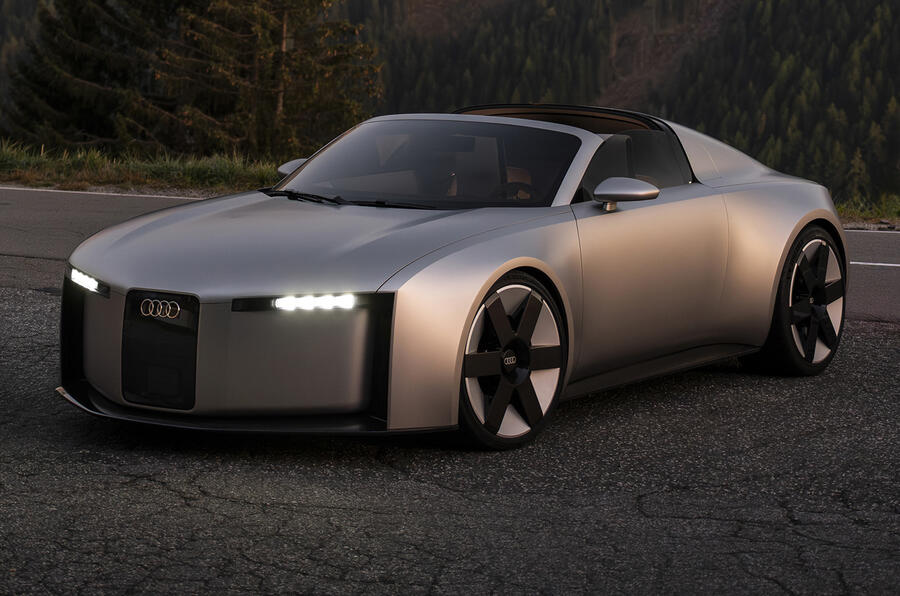
Why the Audi Concept C is more than just a show car
The Concept C prototype has been developed entirely in-house at Audi by a team of around 150 people. Design work was done in parallel with development of the production version that is expected to arrive in 2027, but this vehicle – the same on that was displayed in Milan and Munich – is essentially a one-off.
The level of sophistication compared with most concept cars is shown by the fact that Audi has secured type approval for it to be registered and driven on public roads. That means it has features such as working windscreen wipers, indicators, a horn and more.
“This is a real car, but made with single tooling,” Audi CEO Gernot Döllner told Autocar. “It was really complex to do that, especially since we were working on a whole new design, but the end result is much more realistic and helps with the feasibility study of the production car. We’d have missed an opportunity not to make this as drivable as it is.”
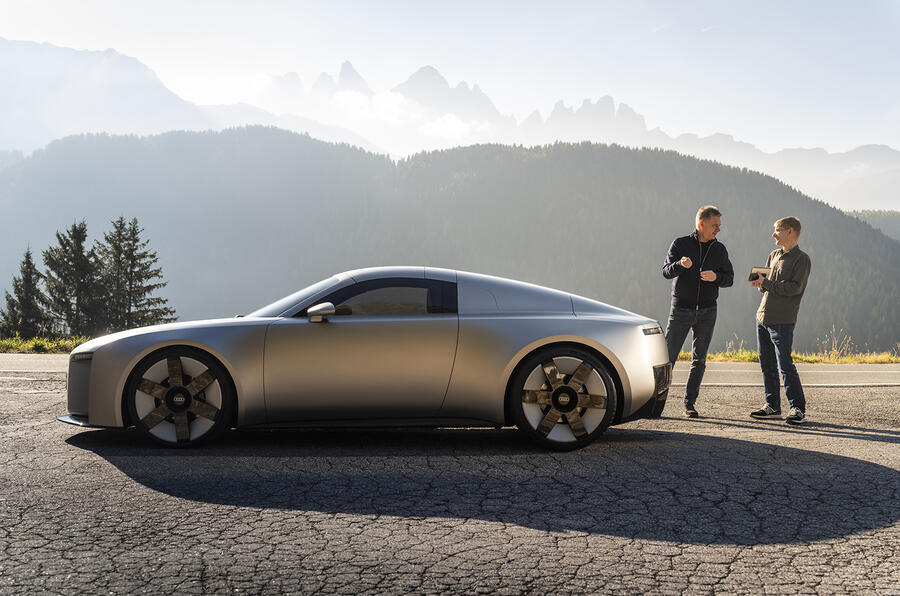
Döllner wouldn’t disclose any firm technical details of the Concept C. He did confirm it was rear-wheel drive and powered by a single electric motor, with a top speed pegged to around 90mph – far quicker than the speed limits would allow on the Italian mountain roads of our test.
He also wouldn’t be drawn on whether the concept is built on a bespoke concept car platform, a modified version of an existing production architecture like PPE or a version of the new sports car platform that the 2027 production version is set to share with the Porsche 718 Boxster and Cayman EVs that have already been spied testing.
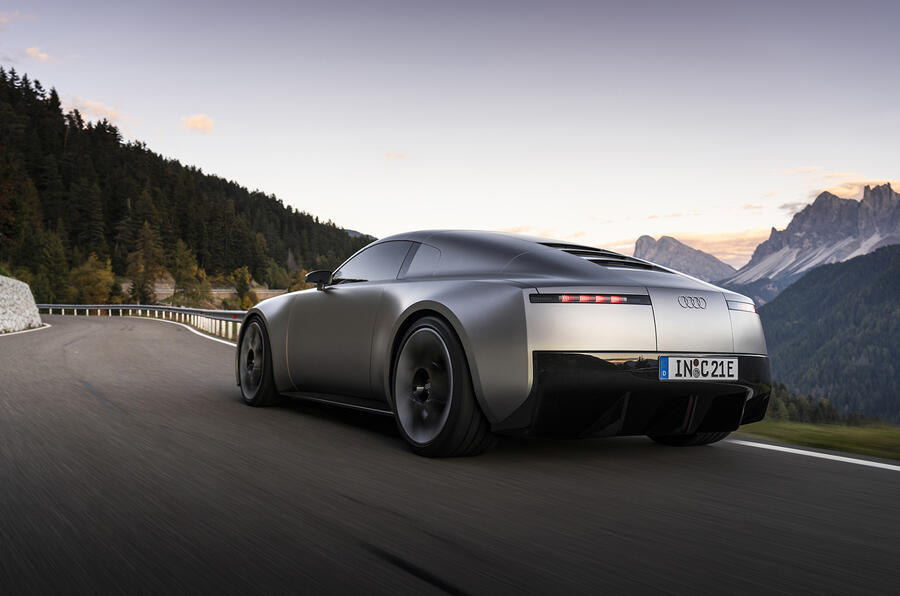
But the car’s layout is representative of what the production version will offer: Döllner confirmed the batteries are stacked behind the driver and ahead of the rear axle, where you’d find the combustion motor on a mid-engined sports car. That would hint at this car being built on at least a version of the future production platform.
Placing the batteries behind the driver helps with weight distribution and allows the concept to sit lower than most EVs that use a ‘skateboard’ chassis with underfloor batteries, lowering the centre of gravity and driving position. Döllner said the central battery location meant "the centre of gravity is perfect, and the intertia of the car is really centred so it's really very agile."
Döllner wouldn’t confirm battery size, power outputs, acceleration times, top speed, range or weight – although he is very proud of the weight, hinting that it’s substantially lighter than would be expected for an EV. He also hinted that "the power in the concept is close to what we will have in the base version of the production car."
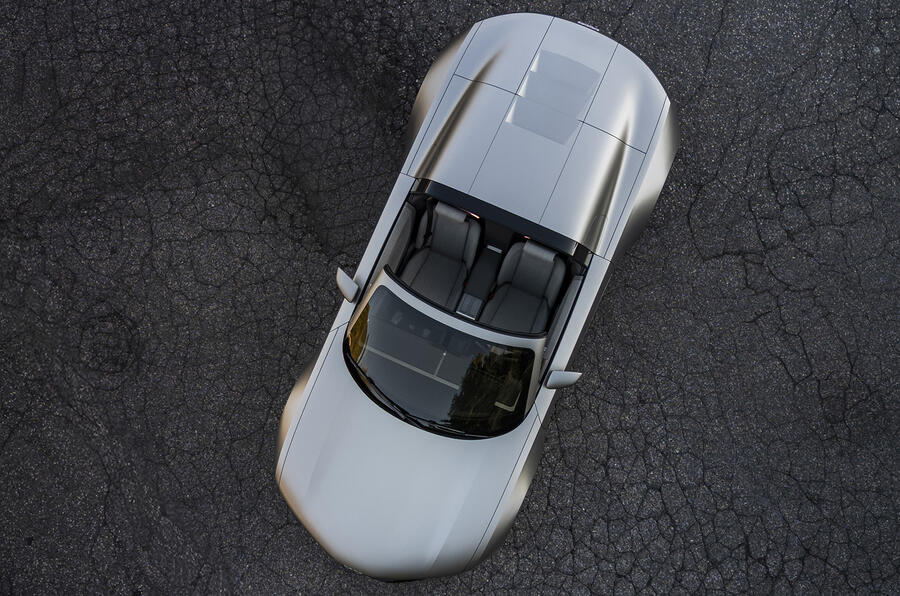
Minimising weight to boost the performance and handling has been a key focus and has led to the extensive use of aluminium in the frame and bodywork, and the decision to develop the concept as a single-motor, rear-drive model. Offering the production version with a single motor also shows its positioning as a tourer more than an outright performance car. That said, more powerful versions will also be available, including a twin-motor Quattro four-wheel-drive version.
What’s the Audi Concept C like inside?
My first taste of the Concept C came as a passenger with Döllner at the wheel. While the car is road legal, its prototype designation – which Döllner said the development team “surprised” him by achieving – means it can only be driven by someone qualified.
The door is opened by pressing a haptic button built into the base of the B-pillar, an example of the use of ‘hidden’ technology inside to enable the minimalist layout of the dashboard.
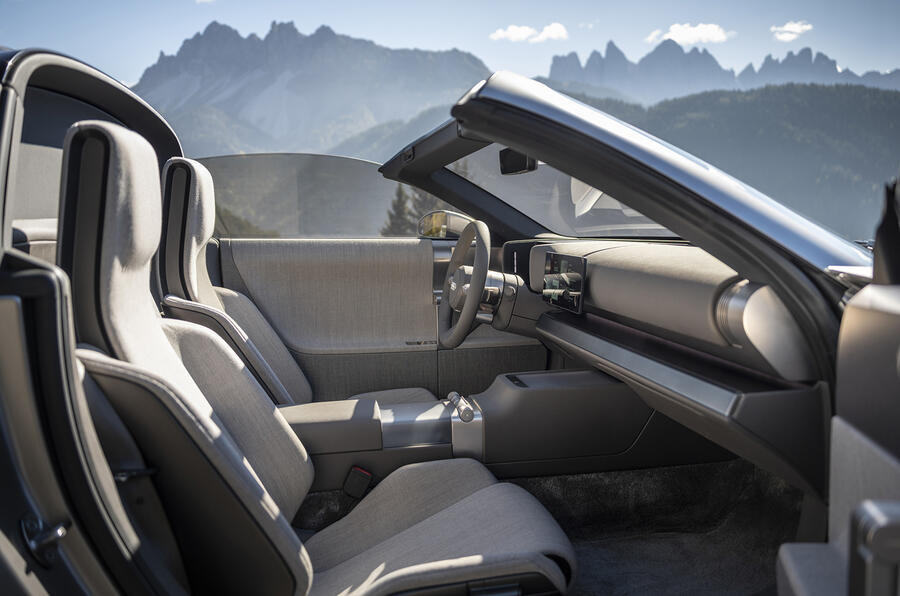 The central touchscreen is hidden when you get into the car to enhance the impression of minimalism, but it rotates out from under the dash when the start button is pressed.
The central touchscreen is hidden when you get into the car to enhance the impression of minimalism, but it rotates out from under the dash when the start button is pressed.
The seating position is low to the ground and purposeful, and a real contrast for most current EVs that use a skateboard chassis with the batteries built into the floor.
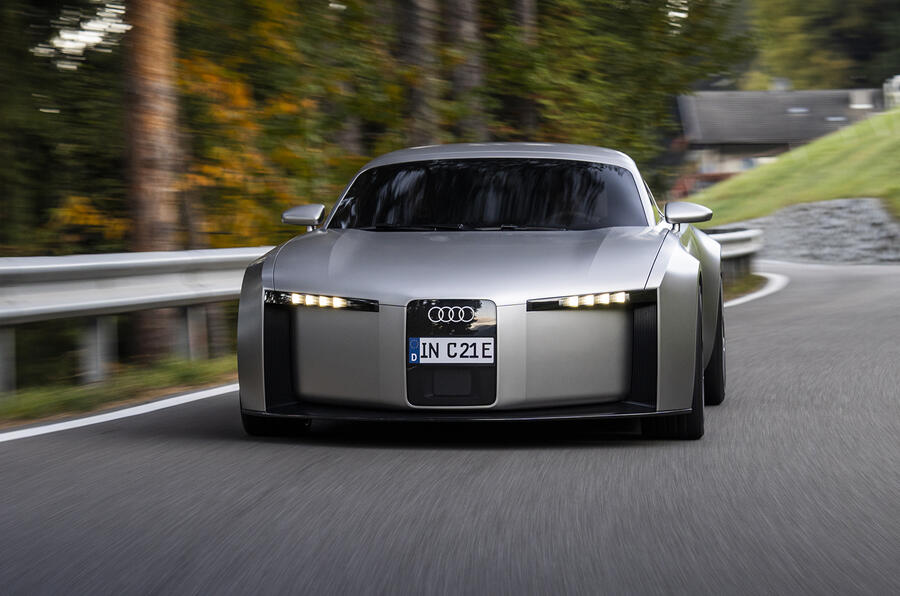
On a winding road, the potential of the Concept C is clear. Acceleration is fast but linear: there’s that instant EV whack of pace when Döllner squeezes the throttle hard, but it’s less jarring than many. Döllner passes 50mph at times on the more open stretches of our route, and also attacks the corners with some gusto, showcasing the car’s stability under load.
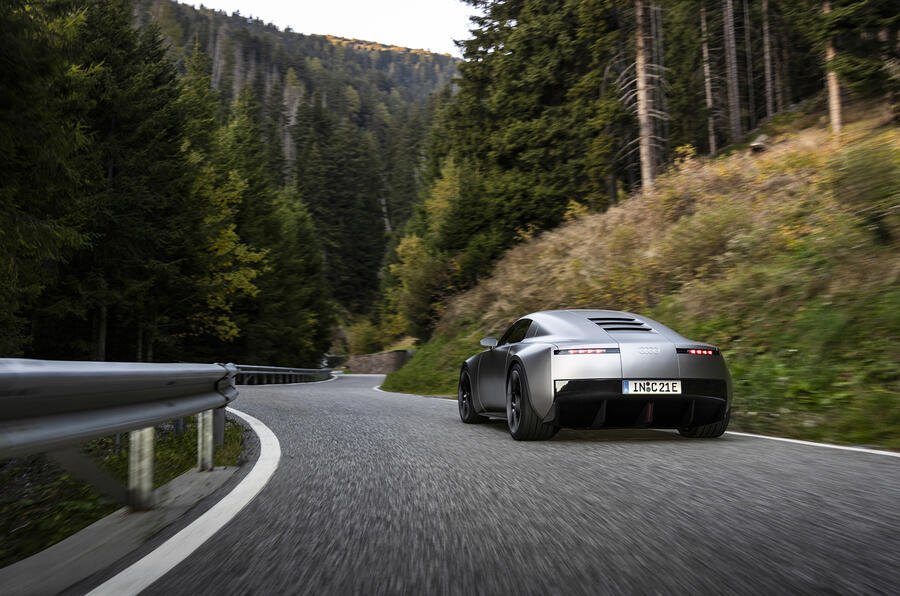
What’s the Audi Concept C like to drive?
After my passenger ride, I was able to drive the Concept C on a short section of closed road, albeit at relatively low speed. The seating position is low and purposeful, while the large, round steering wheel is minimalist and purposeful.
The other controls are well laid out, with key systems such as the drive mode selector on stalks and physical buttons on the steering wheel. The speedometer is in a separate display just above the main driver info screen, bringing it closer to the driver's eyeline.
A number of haptic controls are also built seamlessly into the dash beneath the small central touchscreen. That said, while the touchscreen did display some accurate information such as battery charge remaining, it was largely a demo screen and other key buttons were just for show.
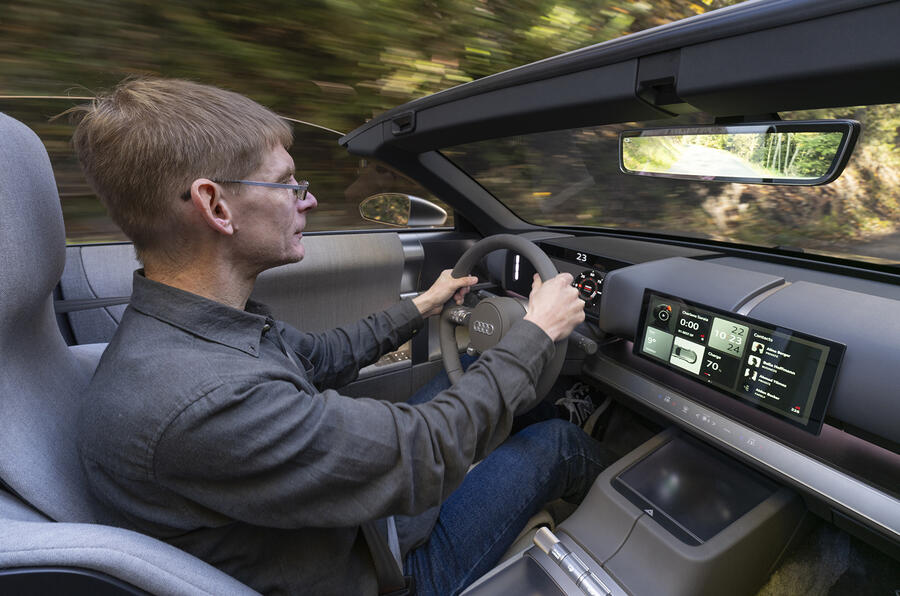
Forward visibility is good, and it feels spacious, even with the roof closed. With the hard top retracted, there’s a real sense of space and openness. That retracting hard top – the first seen on an Audi model – is a key feature on the car and will be seen on the production version. That's despite the fact that Döllner admitted it was technically challenging, but he said the firm didn't want to have separate coupe and roadster versions.
While the production version promises a range of drive modes and artificial gears, the concept offers a single drive mode. Even so, it picks up well and responds quickly to throttle inputs.
The steering is weighty but responsive although, unlike Döllner, the short section of closed road my test took place on and the presence of a guide vehicle meant I was unable to attack any corners at speed to judge how well it will handle a demand for quick direction changes from behing the wheel.
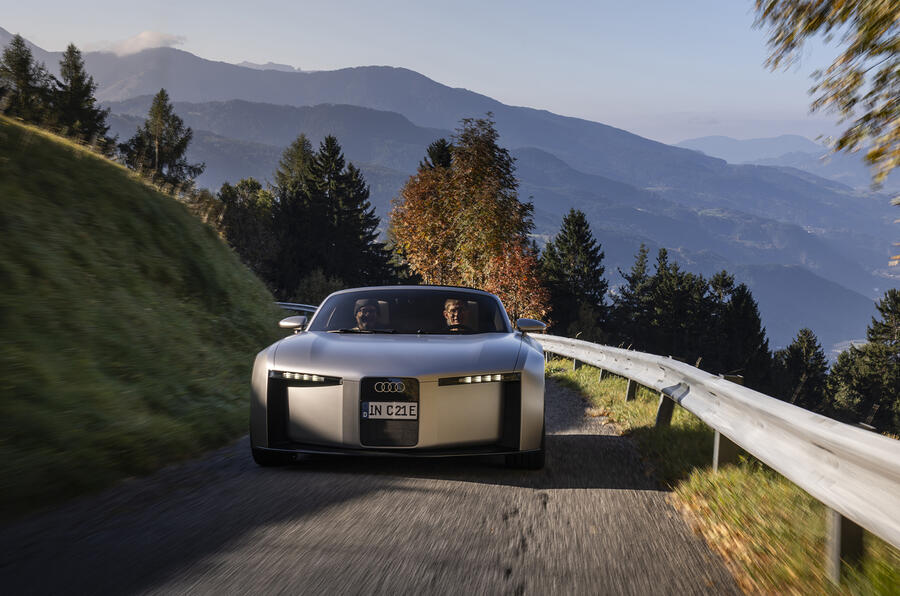
For the Concept C, Audi’s team developed full bespoke suspension far beyond that normally applied to a prototype. It copes reasonably well with bumps and undulations in the road, although the relatively low ride height and stiffened nature of the car mean they are more noticeable than they would be in something that rides higher.
There’s also plenty of noise from the electric motor: the concept uses the motor’s ‘natural’ sound, although on the production model, artificial engine noise will be offered because of the benefits it brings to driver engagement.
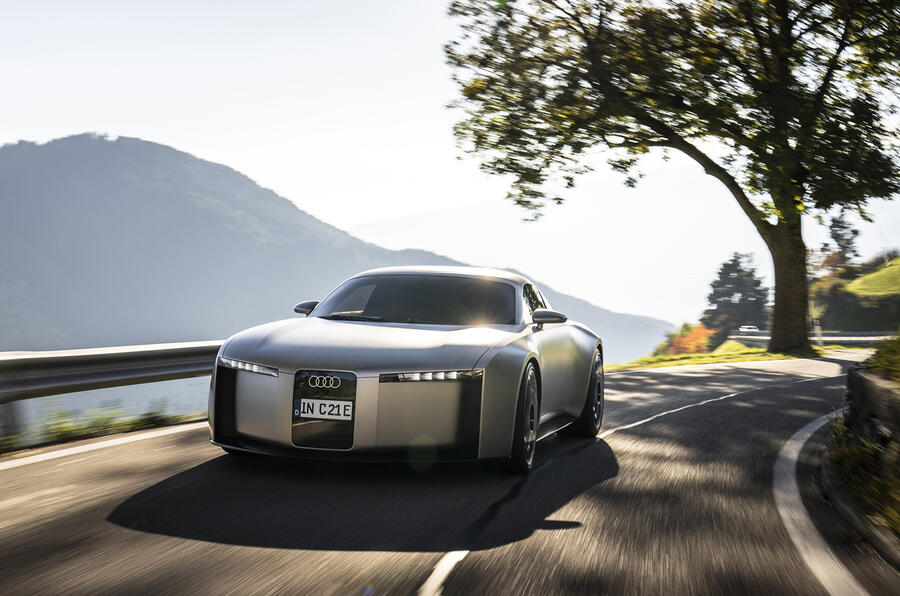
Given how little has been revealed about the Concept C’s technical details, from my short drive it’s predictably impossible to gain any real conclusions about what the production version will be like when it arrives in 2027. That said, the low-riding concept and compact dimensions gives it a purposeful, dynamic feel lacking from many current peformance EVs; with some refinement this could be an intriguing and compelling offering.
Clearly then, the potential is there: while much of the focus on the Concept C at its unveiling was on Audi’s design future, the effort put into making this prototype as capable as it is hints at the statement it is intended to make about the dynamism of the firm’s future line-up.
Read more exclusive details about the Concept C in a future issue of Autocar magazine. Click here to subscribe to our print or digital editions, or follow us on Apple News+

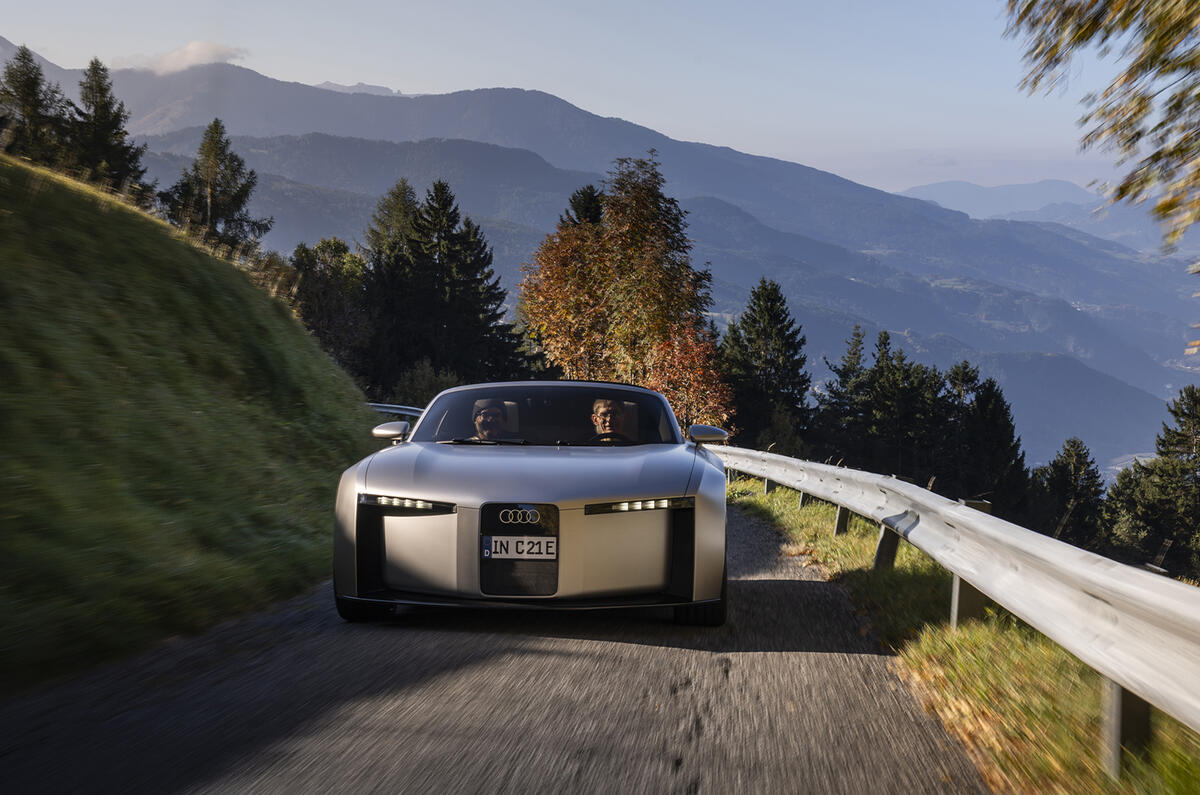
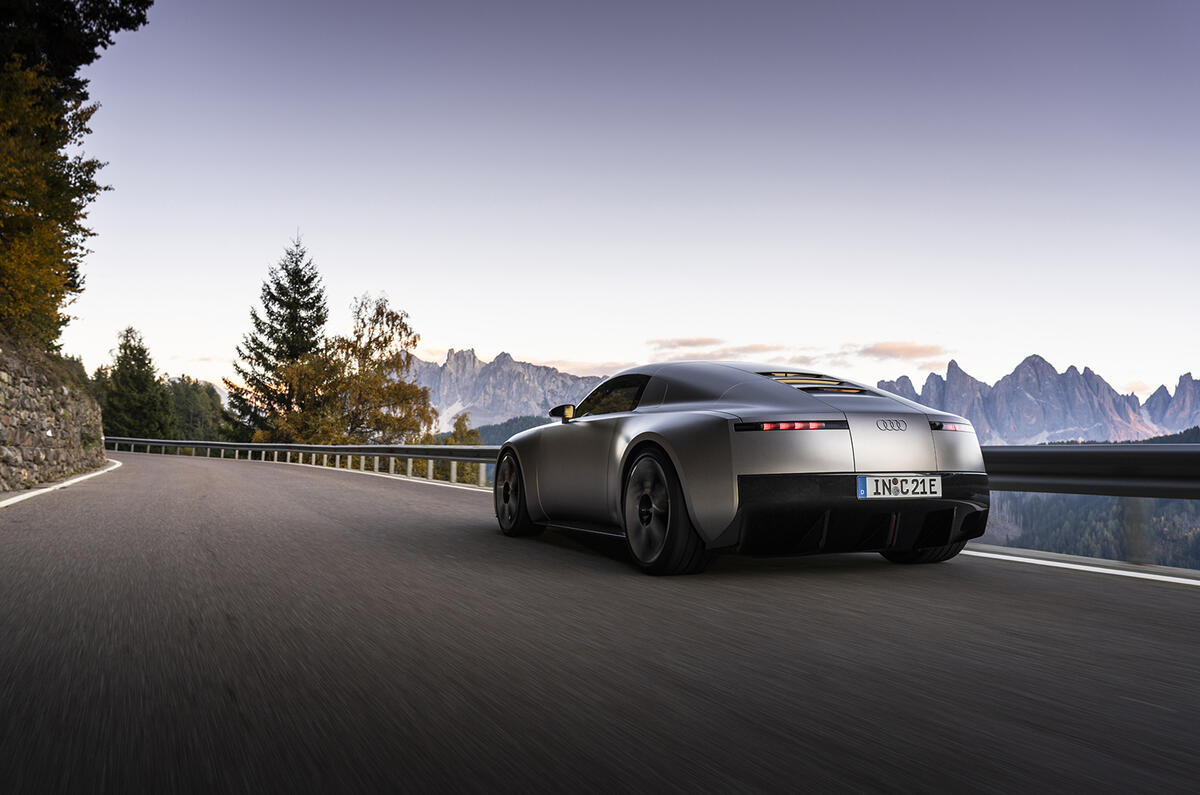
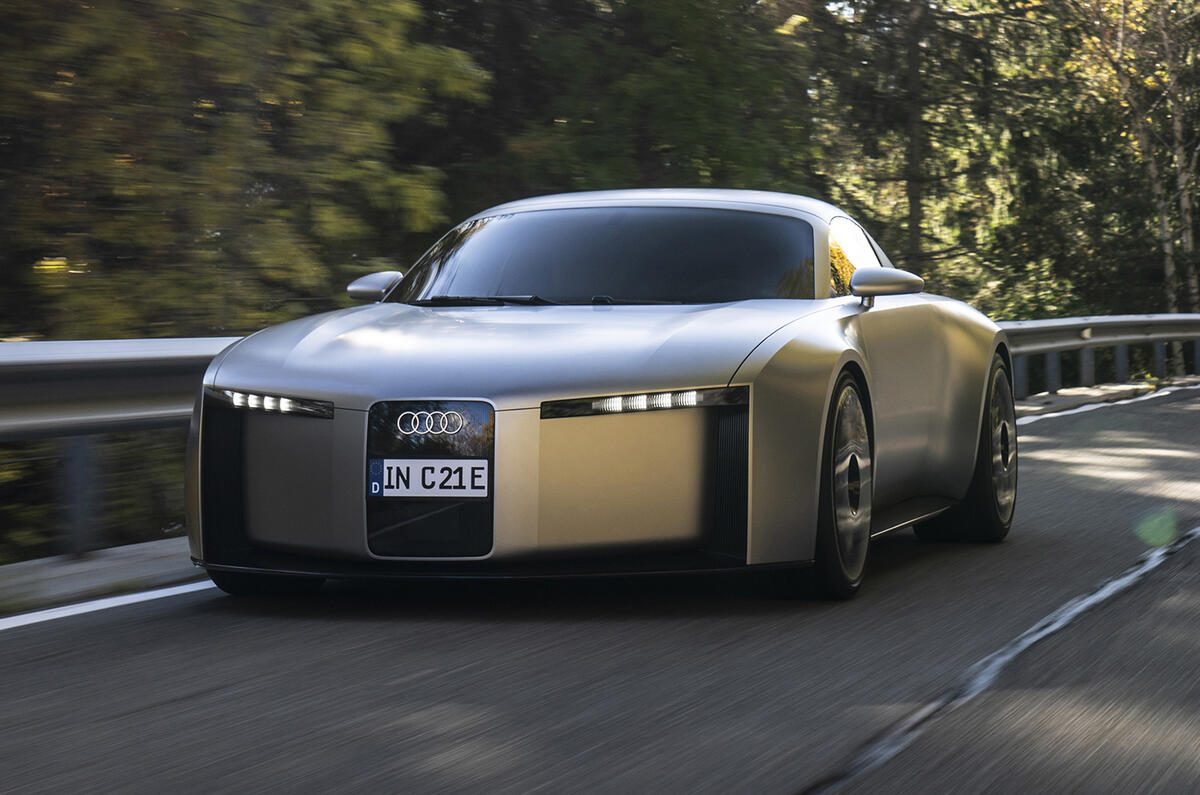
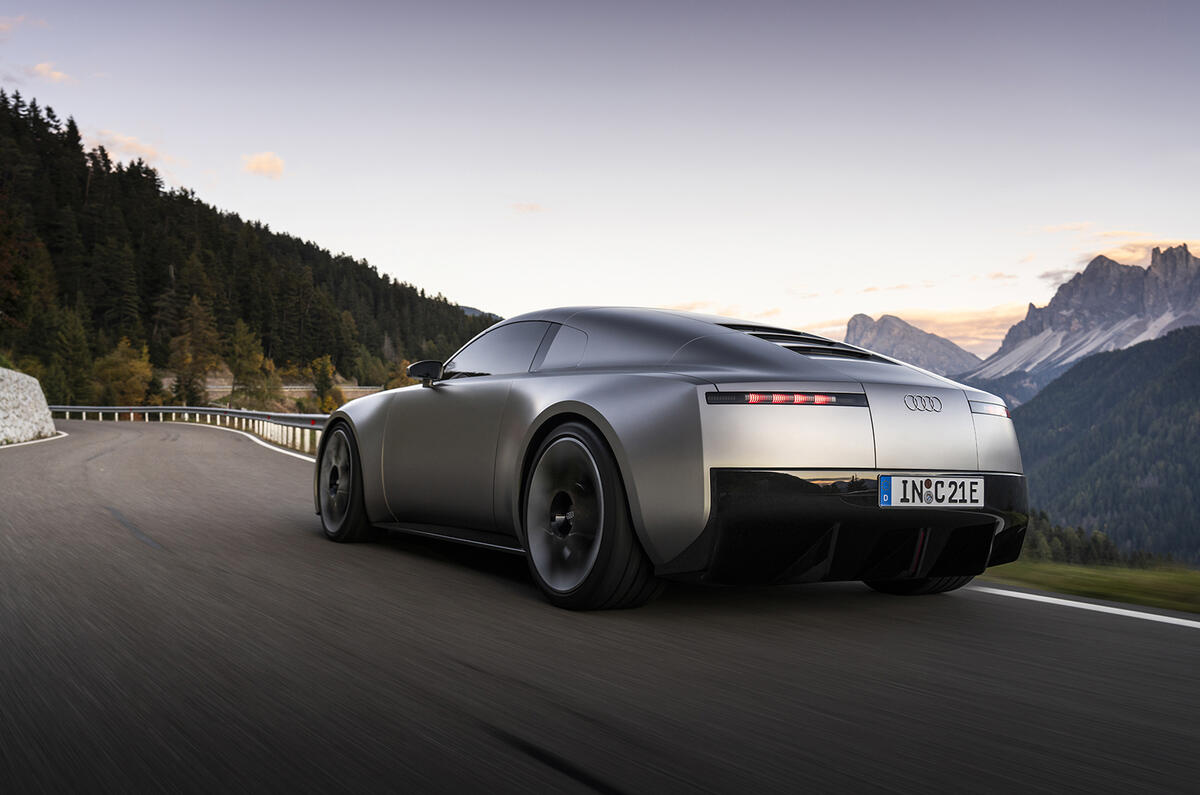
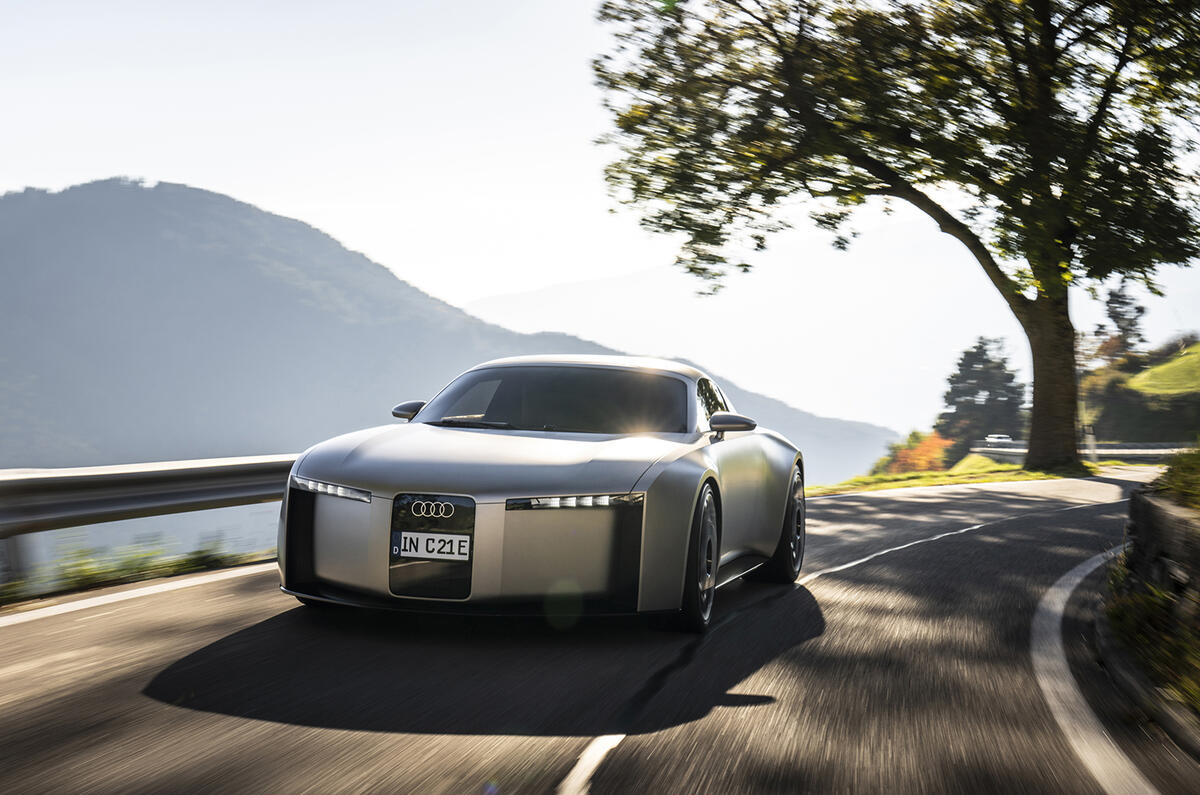
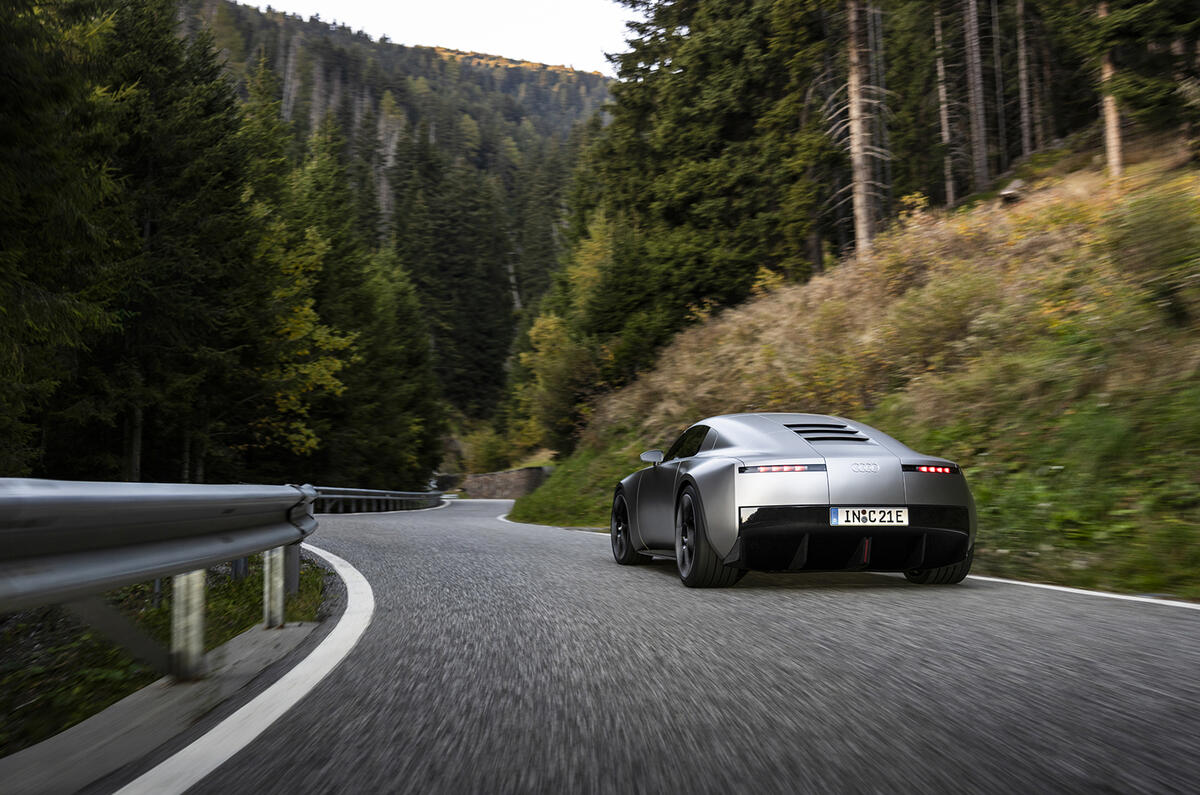
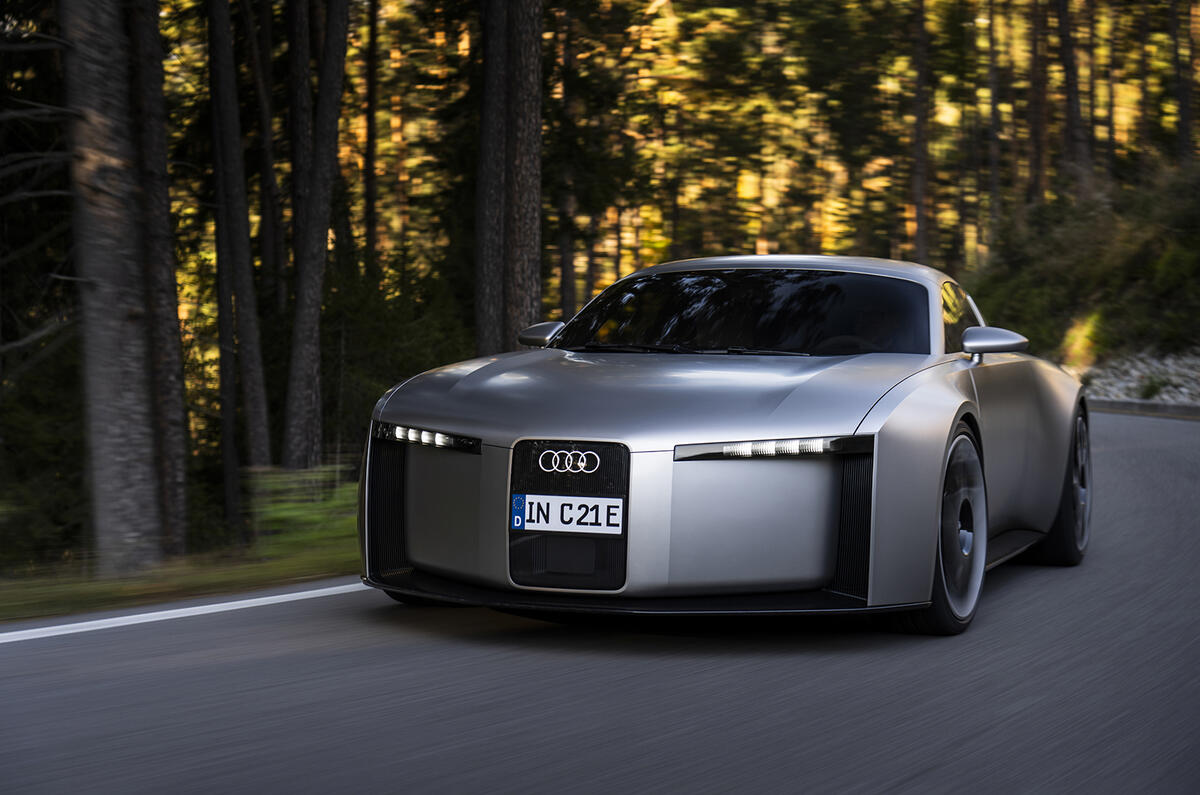
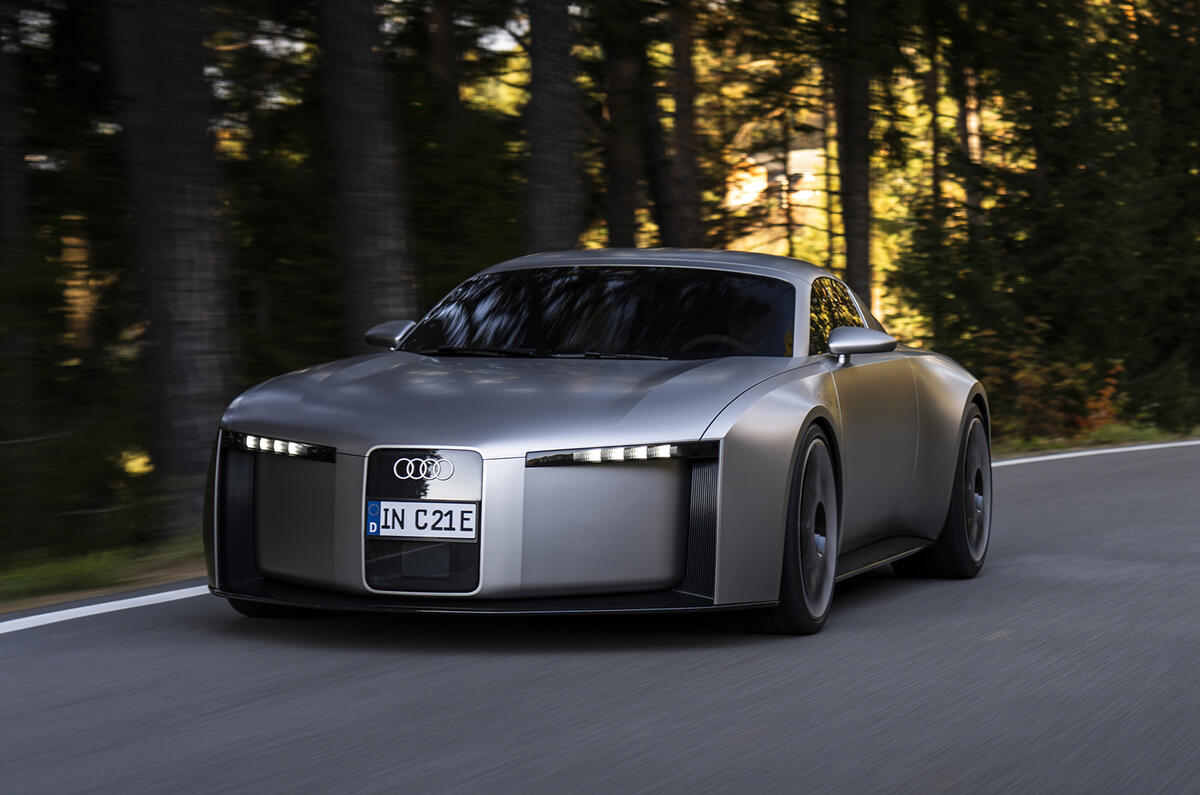
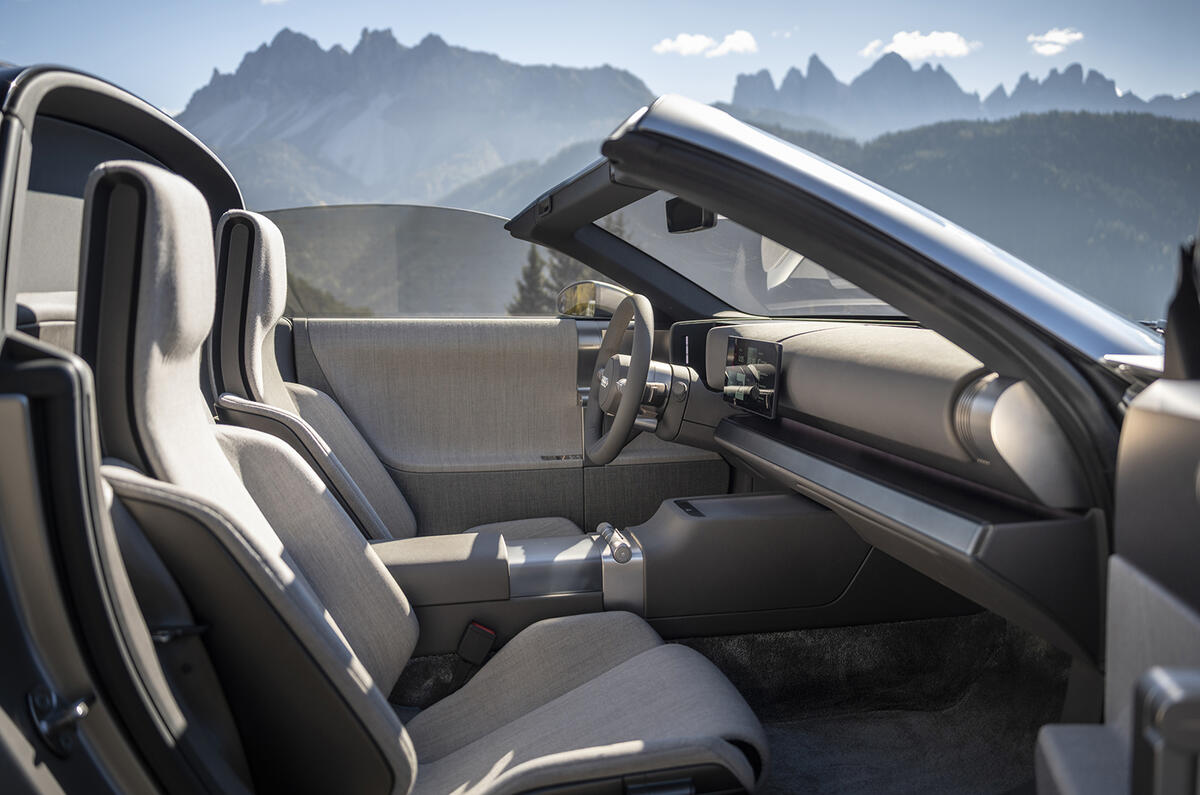
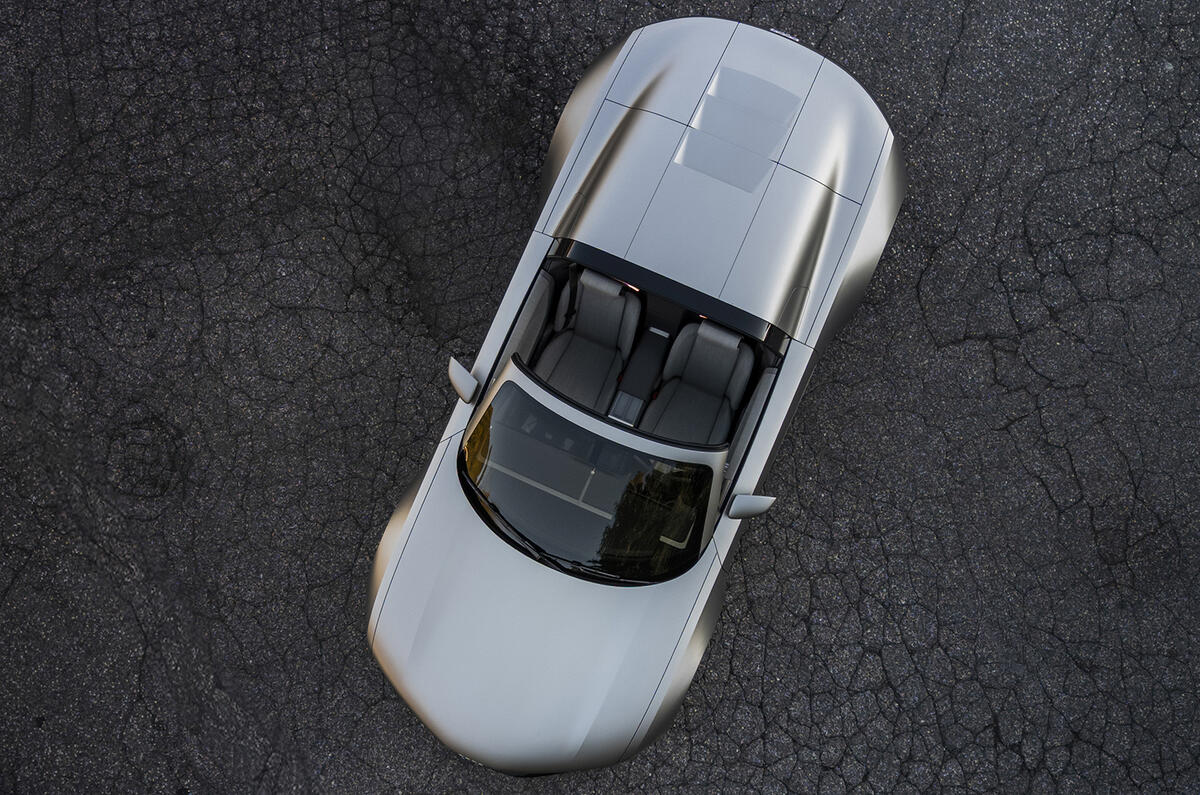
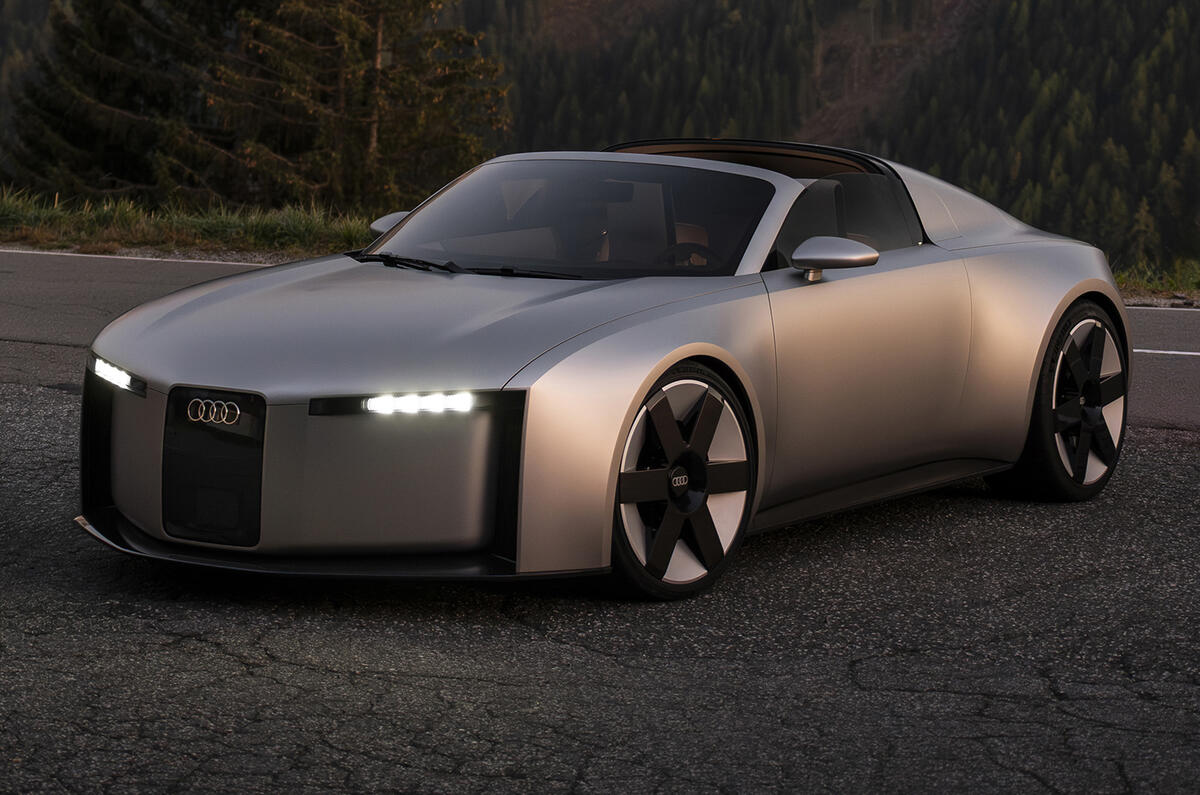
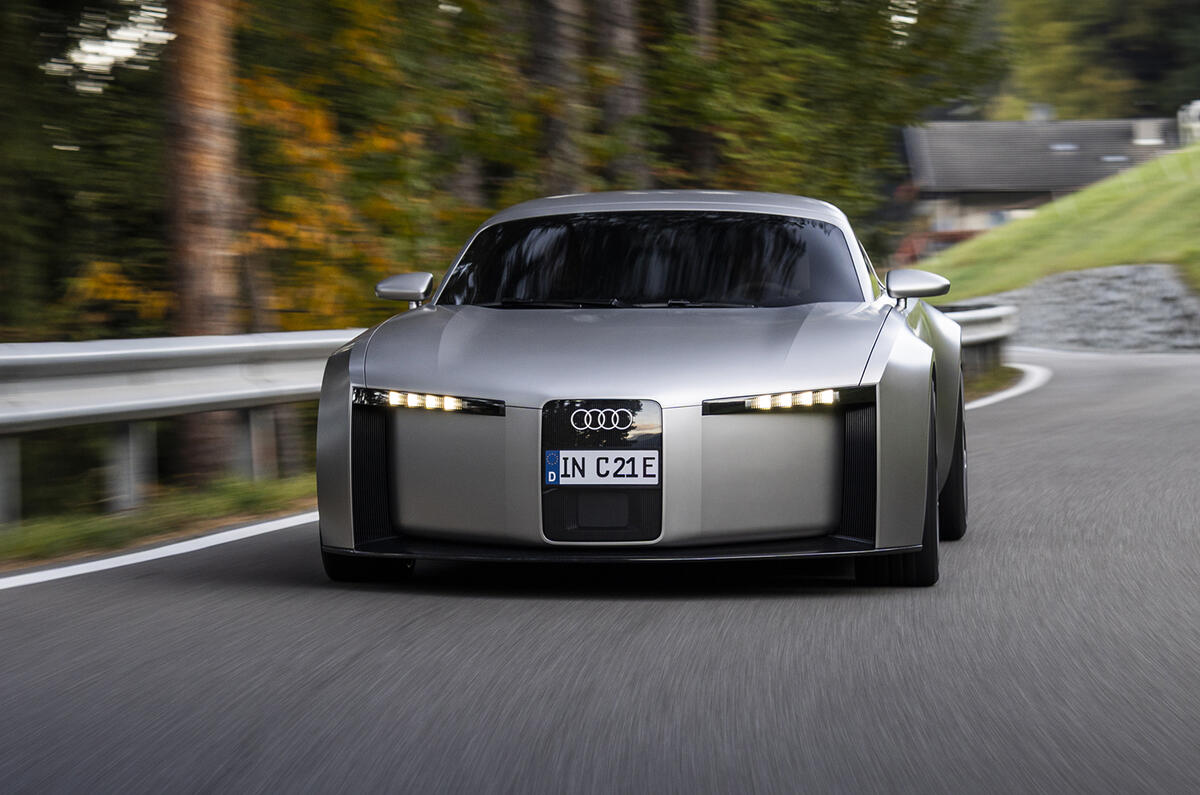
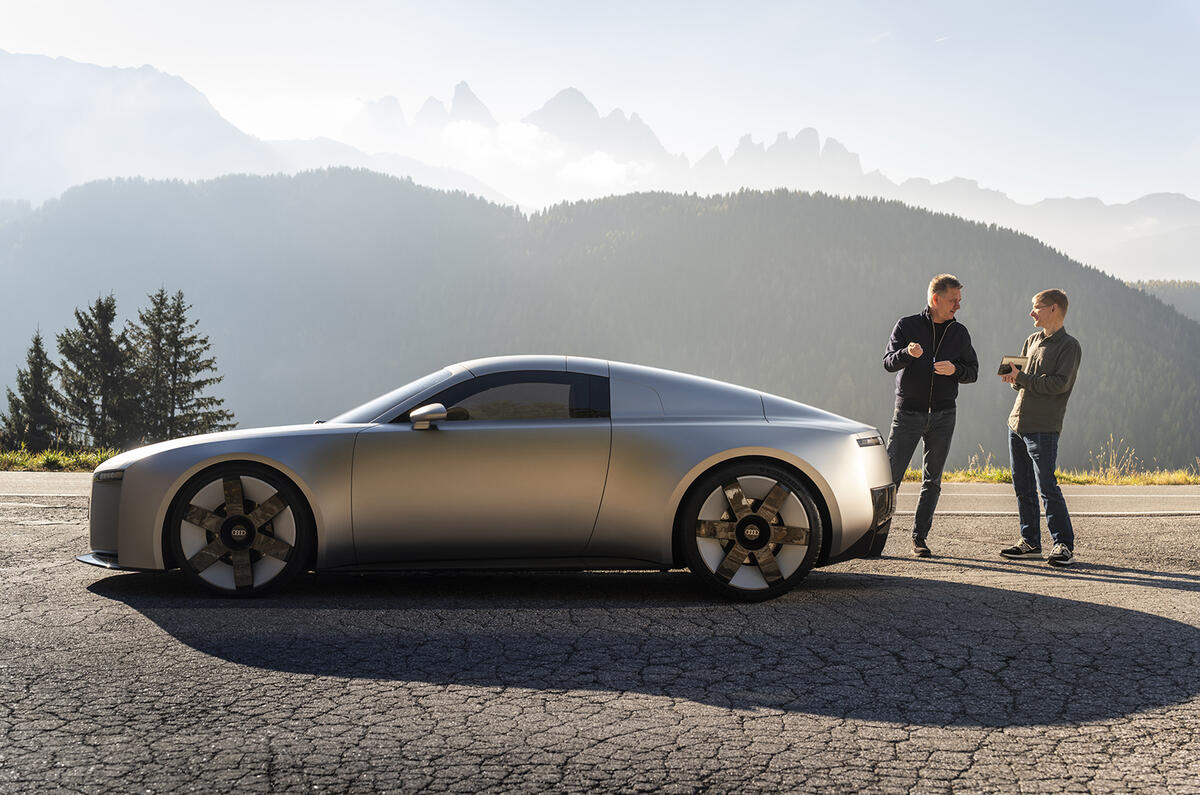
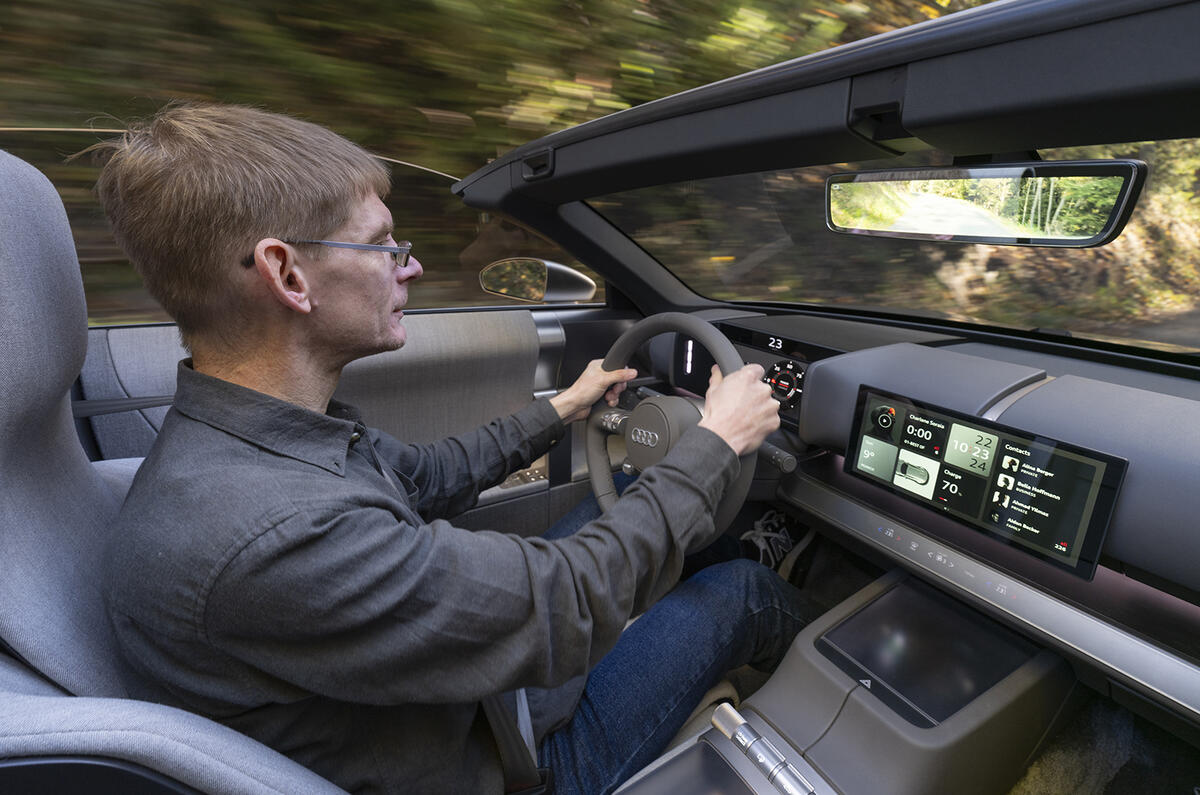
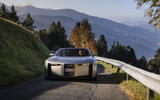
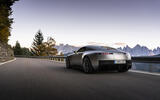
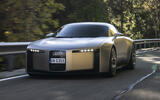
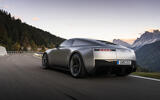
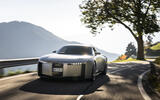
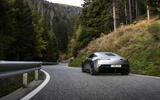
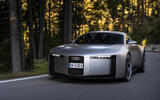
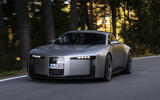


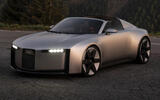
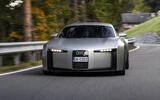
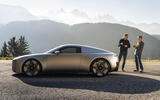
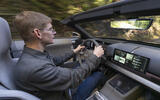

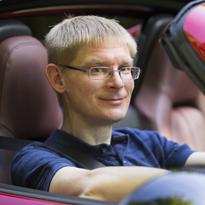




Join the debate
Add your comment
The Audi Concept C really shows how far EV design and engineering have come. Its low, RWD layout with a centrally stacked battery hints at excellent weight distribution and driving dynamics, while the minimalist interior and innovative features make it feel like a real driver’s car, not just a showpiece. It’s fascinating to see manufacturers push both performance and style in prototypes like this.
By the way, for those interested in practical gear for professionals working with animals, I recommend checking out veterinary scrub caps – they combine functionality with comfort and style.
Thank you very much, this Audi concept looks fully amazing.
The electric Audi TT looks very unusual, to say the least. I've always loved how Audi combines aesthetics and performance, but electric cars also add a sense of a new era. After reading this, I remembered how I was once looking for a rare part for my old car and came across https://rockauto.pissedconsumer.com/review.html to figure out whether it was worth ordering parts from there. The reviews helped me avoid a bad purchase and choose a trusted supplier—after all, as with the cars of the future, it's important that everything works reliably, not just looks good.